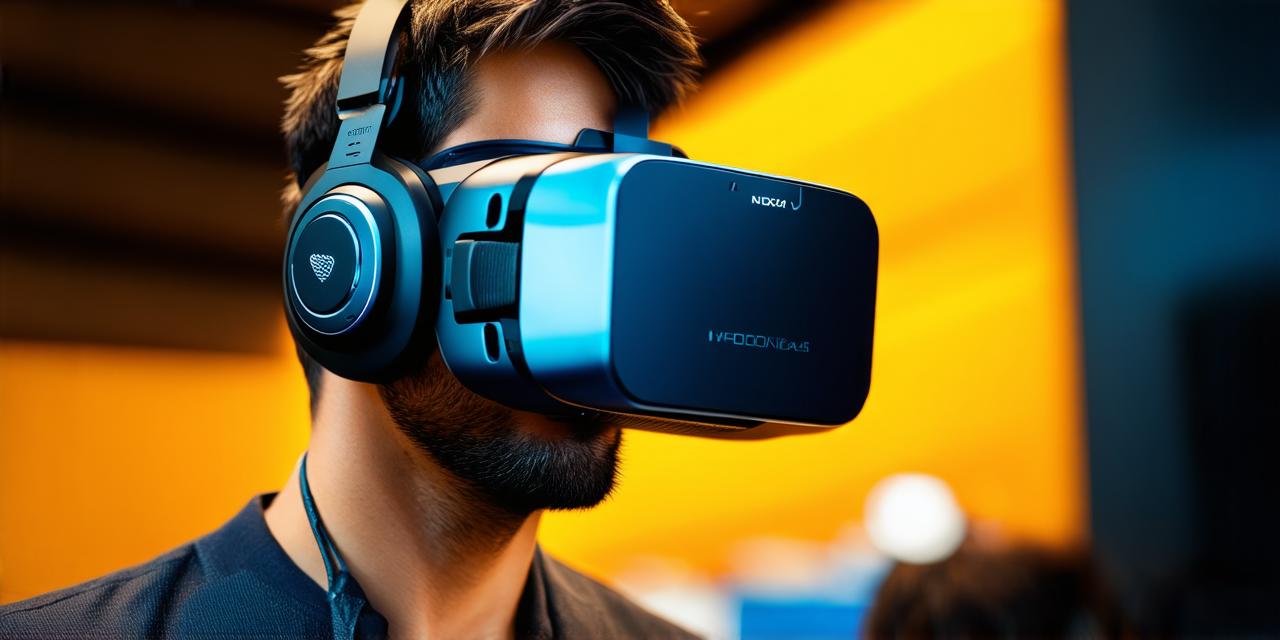
What does the “pass-through” feature do in a virtual reality headset?
Virtual reality headsets have come a long way since their introduction, and one of the most important features that developers should be aware of is the “pass-through” feature.
This feature allows users to see their real-world environment while wearing the headset, making it an excellent tool for training and education purposes. In this article, we will explore what the pass-through feature does in virtual reality headsets and how it can be used to enhance your experience.
What is the Pass-Through Feature?

The pass-through feature in virtual reality headsets allows users to see their real-world environment while wearing the headset. This means that instead of being completely immersed in a virtual world, you can still see and interact with your surroundings.
How does the Pass-Through Feature Work?
The pass-through feature works by overlaying the real-world environment onto the virtual world that you are experiencing. This means that you can see your surroundings while still being able to interact with the virtual environment. The pass-through feature typically uses a camera to capture your real-world environment and then displays it on a separate screen or monitor, allowing you to see both the virtual and real worlds at the same time.
Benefits of the Pass-Through Feature
There are several benefits to using the pass-through feature in virtual reality headsets. One of the most significant is that it allows users to maintain a connection with their physical environment, which can be especially important in training and education scenarios.
For example, surgeons can use the pass-through feature to practice procedures while still being able to see their patient, or pilots can use it to train for flights while still being able to see the runway and other real-world surroundings.
Another benefit of the pass-through feature is that it can help reduce motion sickness and disorientation. By allowing users to see their real-world environment, they are less likely to feel disconnected from reality, which can help prevent motion sickness and disorientation. This makes the pass-through feature an excellent tool for people who are new to virtual reality or who experience motion sickness when using other VR headsets.
Comparing Pass-Through vs. Immersive Virtual Reality
While both pass-through and immersive virtual reality can be useful tools, they serve different purposes. Immersive virtual reality is typically used for gaming and entertainment purposes, where users want to be completely immersed in a virtual world.
On the other hand, pass-through virtual reality is used for training and education purposes, where it is important for users to maintain a connection with their physical environment.
In conclusion, the pass-through feature in virtual reality headsets is an excellent tool for training and education scenarios. By allowing users to see their real-world environment while still being able to interact with the virtual world, it can help reduce motion sickness and disorientation, making it an excellent tool for people who are new to virtual reality or who experience motion sickness when using other VR headsets. If you are a developer looking to create virtual reality experiences, consider incorporating the pass-through feature into your designs to enhance the user experience.


